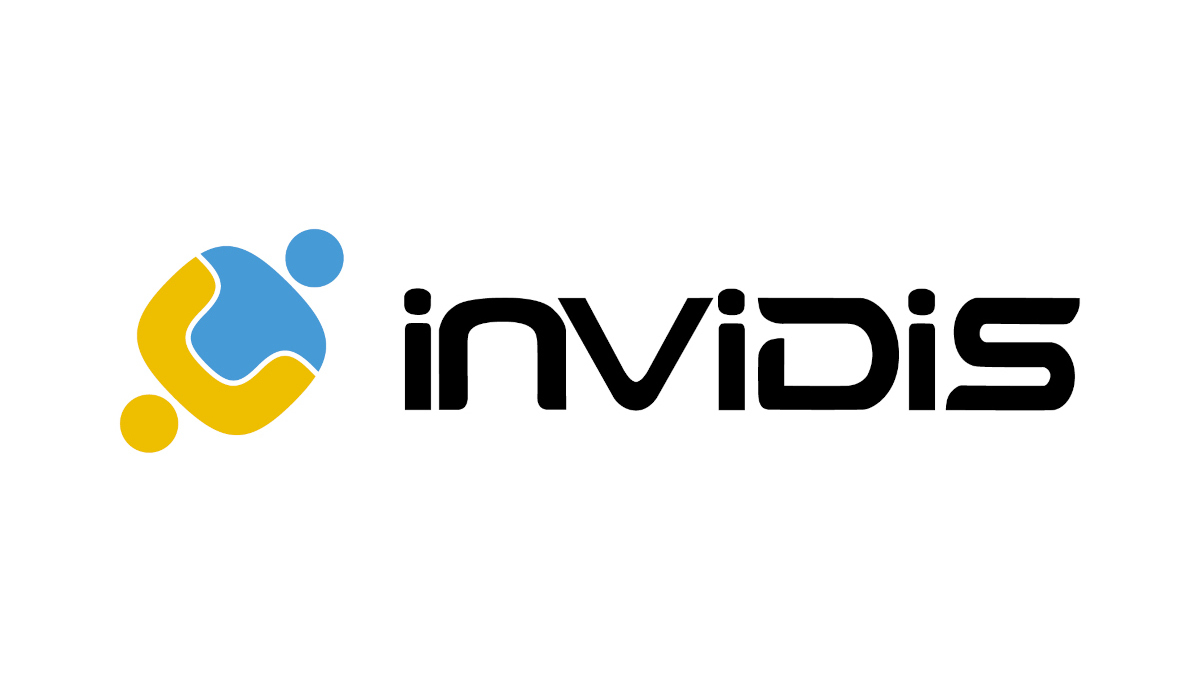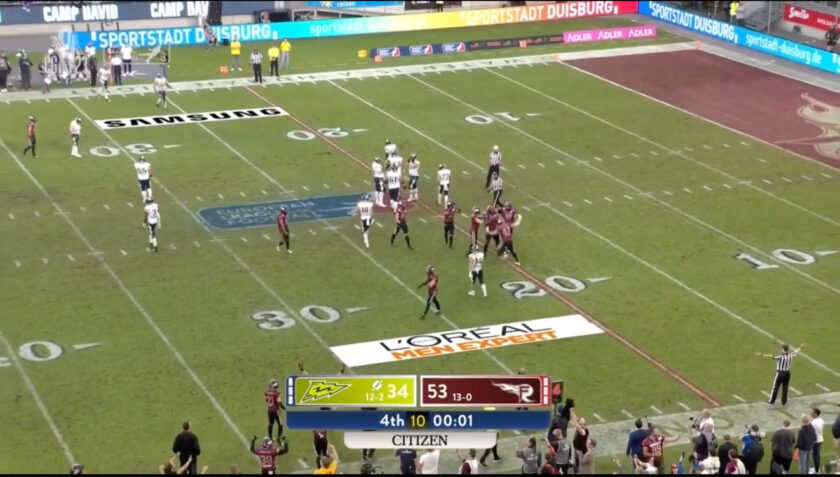Uefa has deployed virtual perimeter advertising for the first time on a large scale at Euro 2024. However, the technology holds much greater potential, prompting the question of what stadium advertising will look like in the future.

Euro 2024 Review: The Future of LED Perimeter Boards
Uefa broke a record at Euro 2024 with 586 million euros in advertising revenue. This commercial success is primarily due to the tournament’s gigantic TV audience across the world. For the first time, Uefa specifically monetized the European Championship TV ratings: Using AI, ads on the edge of the playing field were superimposed during TV broadcasts.
But few people know that virtual perimeter advertising has been around for about seven years and has been used in national and international soccer leagues for a long time. The technology is now so advanced that spectators rarely notice anything. However, virtual advertising in sports has not yet reached its full potential. We asked experts how widespread AI boards will become and whether real LED boards will still be needed in the future.
TV targeting possible with and without AI
For Patrick Haasler from Gipedo, the answer is a resounding yes. Gipedo, a SaaS marketing platform provider for clubs like Bundesliga’s Bayer 04 Leverkusen, understands the importance of physical advertising, especially in the German Bundesliga. “The stadium reach there is considerable,” says Haasler. He also notes that virtual overlay does improve targeting and makes advertising more individualized at the country level.
Udo Bloms, CEO of LED provider Ledcon, agrees, stating that virtual and physical perimeter advertising are not mutually exclusive. “For clubs with a wide reach, the demand for self-marketing is growing. This brings the LED perimeter board to the fore as valuable property,” says Bloms.
Ledcon also offers special LED boards that represent a hardware-based alternative to virtual perimeter advertising. Bayer 04 Leverkusen, among others, has invested in this technology, known as “Parallel Ads”. These boards can simultaneously transmit up to four advertising messages at different frequencies. Professional camera systems, that are commonly used in sports, can capture these different signals simultaneously, enabling television transmission to reach up to four different target markets.
Uefa also uses the Parallel Ads technology in some matches as an alternative to virtual overlays, such as at the 2022 Champions League finals in Paris. The German football league DFL also granted approval for its use in the Bundesliga in spring 2024.
According to Udo Bloms, a major advantage of this technology is that it works from all camera positions, not just the main camera. Although the main camera is responsible for around 80 percent of the transmission in soccer matches, close-ups and flying cameras play a greater role in other sports. In addition, objects cannot be accidentally obscured, an error that still occasionally occurs with virtual overlays.
Production costs for virtual ads expected to decrease
UEFA chose virtual advertising for the European Championship, presumably because not every stadium is equipped for parallel ads. After all, those who want to use this technology must first invest in the appropriate hardware. “On the other hand, parallel ads are cheaper in post-processing,” says Udo Bloms. Virtual advertising, however, offers the advantage of scalability: Theoretically, an infinite number of channels are possible.
Patrick Haasler is convinced that virtual perimeter advertising will continue to improve, mainly due to decreasing production costs. Although virtual advertising increases the cost and complexity of marketing, he believes the advantages outweigh the disadvantages. “Above all, virtual perimeter advertising helps Bundesliga clubs to monetize their international reach and opens up new marketing potential thanks to improved targeting.”
Improves and complements traditional advertising formats
Uefa has not fully tapped into the potential of virtual advertising at Euro 2024. In other sports, you can see what would already be achievable. In American Football, for instance, not only LED boards are superimposed, but other areas in the stadium are also utilized as advertising space. For instance, in the European League of Football, L’Oréal booked virtual infield ads on the pitch via Gipedo.

According to Patrick Haasler, this integration of virtual and physical advertising formats in stadiums and on TV, as demonstrated by Uefa at the European Championships, does not undermine traditional advertising formats.
Additional virtual ads, like infield ads in football, are not yet available in soccer. “But it would be easy to implement them next to the goals, where the carpets are,” says Haasler. According to his line of thinking, virtual advertising still holds significant marketing potential, complementing the existing multi-million dollar advertising contracts.
LED boards not only important for advertising
But even if virtual advertising is implemented on a broader scale, this will not limit the use of LEDs in stadiums. LED walls are utilized extensively across various areas in arenas, including scoreboards, ribbon LEDs in the upper tier, the press area, and the players’ tunnel. In the professional sector, distinctions are made between walls used when TV cameras are on and off.
Many installations prioritize infotainment, and commercialization extends beyond traditional perimeter advertising to include installations in fan stores and similar areas.
